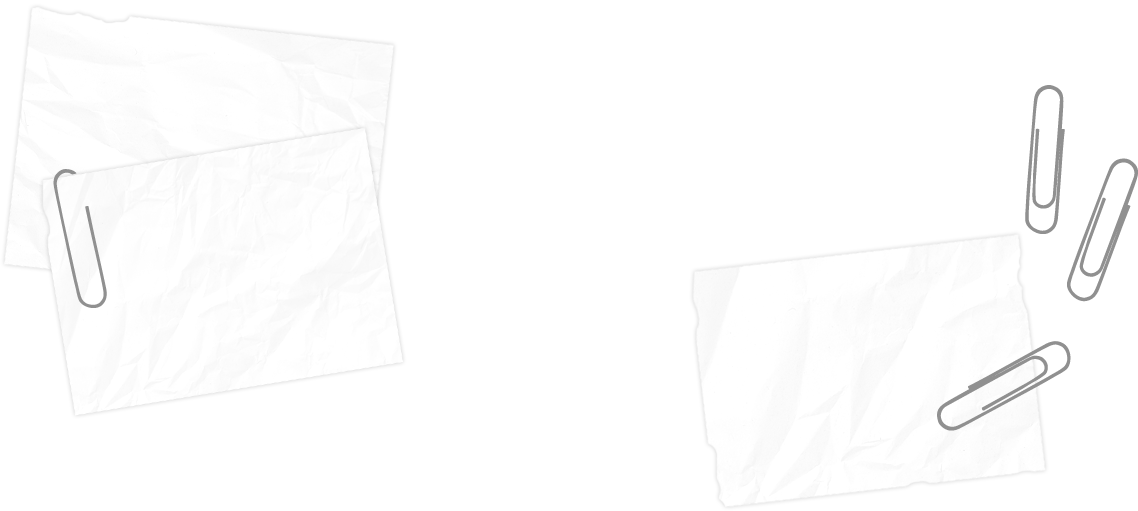Hyperlink Best Practices
- Brooklyn Olson

- Sep 27, 2020
- 2 min read

I created this to document the best practices for course designers when utilizing links to ensure that their courses were ADA compliant. It includes information about what link types were available within the Learning Management System (LMS) and how to use them with all students in mind.
Introduction
Hyperlinks are used within a course to reference other content pages within the course, provide additional resources outside the course, and embed videos and images on a page.
Internal Hyperlinks
An internal hyperlink links back to the domain in which the link resides.
Always use the quick hyperlink tool to create internal links; do not copy and paste the url from the address bar. This can cause usability errors.
External Hyperlinks
An external hyperlink links to any domain other than that in which it resides. When creating an external hyperlinks, copy and paste the entire address bar exactly. Do not do this for internal hyperlinks.
Hotspot Hyperlinks
Hotspots are hyperlinks that appear as a clickable section on an image. Images with hotspots are known as image maps. In general, courses should not use hotspot hyperlinks as they are not always apparent to those who are not using page readers or keypad shortcuts. For this reason, unless users are
made aware of these links, they should not be used.
Overlays
Overlays are a hover-over option that usually display the url. While overlays are generally used to display hyperlinks, they can also be used to display an image that provides additional clarification or provide bits of information, such as a definition.
These should be used sparingly and the information presented should be brief and to the point. A proper overlay operates in such a way that a user either clicks or hovers over the overlay for it to appear—they should not open on their own without user interaction. Overlay features should be made with mobile users in mind.
Pop-ups
Pop-ups are links that open in a new window. They are potentially problematic as many browsers automatically block them as possible virus threats. Because pop-ups are often blocked by browsers, the users should be notified that they should
allow the pop-ups to open by changing their settings. This can be difficult, so pop-ups should generally be avoided.
Naming Conventions
Naming conventions for hyperlinks should be brief but paint an adequate picture of where they will lead.
Avoid the Following:
Links should never be titled "Click Here." This is not ADA compliant and does not look appealing to the user.
Links should not be the same color as the surrounding text. This makes it difficult for the user to identify the links on the page.
Within the source code of internal and external hyperlinks, if the link contains an unnecessary space before the quotation, the course search tool reads it as broken.
Sources
http://www.uwec.edu/help/dreamweavercs3/imp-hotspot.htm
http://webaim.org/techniques/hypertext/



Comments